Home>Home Appliances>Heating & Cooling>Which Heating System Is Better For Lung Problems: Forced Air Heating Vs Radiant Heating
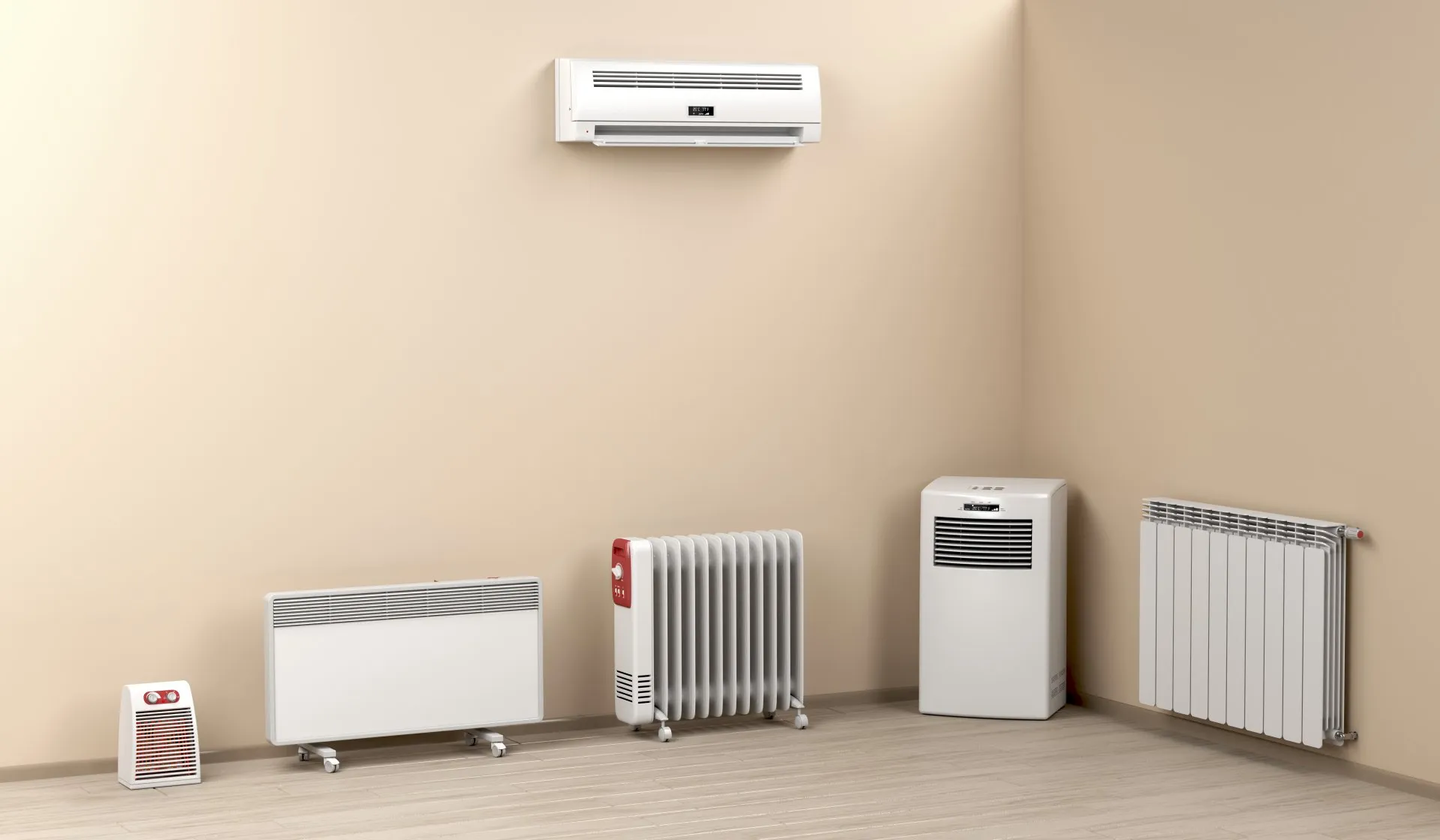

Heating & Cooling
Which Heating System Is Better For Lung Problems: Forced Air Heating Vs Radiant Heating
Modified: February 18, 2024
Find out which heating system is best for lung problems: forced air heating or radiant heating. Learn about the pros and cons of each to make an informed decision. Improve your indoor air quality with the right heating and cooling system.
(Many of the links in this article redirect to a specific reviewed product. Your purchase of these products through affiliate links helps to generate commission for Storables.com, at no extra cost. Learn more)
Introduction
When it comes to creating a comfortable and healthy indoor environment, the choice of heating system plays a crucial role. For individuals with lung problems, such as asthma or allergies, the type of heating system used in their homes can significantly impact their respiratory health. In this article, we will explore the differences between forced air heating and radiant heating, shedding light on which system may be more suitable for those with lung issues.
Understanding the distinct characteristics of these two heating methods is essential for making an informed decision that prioritizes respiratory well-being. By delving into the mechanics and effects of forced air and radiant heating, we can gain valuable insights into how each system interacts with indoor air quality and overall lung health.
As we navigate through the intricacies of these heating systems, it becomes evident that their operational dissimilarities can have varying implications for individuals with lung problems. By examining the unique features and potential benefits or drawbacks of forced air and radiant heating, we can empower individuals to make informed choices that align with their specific health needs.
In the subsequent sections, we will delve into the inner workings of forced air heating and radiant heating, providing a comprehensive understanding of how each system functions and the impact it may have on indoor air quality. By comparing these two heating methods, we aim to equip readers with the knowledge needed to make well-informed decisions regarding their home heating systems, particularly in the context of respiratory health considerations.
As we embark on this exploration, it is important to recognize the significance of choosing a heating system that not only provides warmth and comfort but also supports respiratory wellness. By examining the implications of forced air and radiant heating on lung health, we can pave the way for a more informed and health-conscious approach to home heating.
Key Takeaways:
- Forced air heating may quickly warm a home, but it can stir up dust and allergens, potentially affecting those with lung problems. Regular maintenance and air filters are crucial for respiratory wellness.
- Radiant heating offers gentle warmth and minimizes airborne particle movement, making it a favorable option for individuals with lung sensitivities. Consider its potential benefits for respiratory health.
Understanding Forced Air Heating
Forced air heating systems are a popular choice in many homes, known for their ability to efficiently distribute warmth throughout living spaces. These systems operate by heating air within a furnace and then circulating it through a network of ducts and vents, delivering the heated air to various rooms. The process begins with the activation of the furnace, which ignites a fuel source, such as natural gas or propane, to generate heat. Once the air is heated to the desired temperature, a blower fan propels it through the ductwork, dispersing warmth throughout the home.
One of the primary advantages of forced air heating is its ability to quickly and evenly distribute heat, ensuring consistent comfort across different areas of the house. This rapid dispersal of warmth can be particularly beneficial during cold weather, as it helps maintain a cozy indoor environment. Additionally, forced air systems can be equipped with air filters and humidifiers, contributing to improved indoor air quality by capturing airborne particles and regulating moisture levels.
However, it's important to note that forced air heating systems can potentially pose challenges for individuals with respiratory issues. As the heated air is propelled through the ductwork, it can stir up dust, allergens, and other airborne particles, which may exacerbate lung problems such as asthma or allergies. Furthermore, the continuous circulation of air within the ducts can lead to the accumulation of dust and debris, potentially compromising indoor air quality if the ducts are not regularly cleaned and maintained.
In terms of energy efficiency, forced air heating systems can vary widely depending on factors such as the type of furnace, duct insulation, and overall system design. While modern forced air systems have made significant strides in energy conservation, it's essential for homeowners to consider the long-term operational costs and environmental impact associated with these heating systems.
In summary, forced air heating offers efficient and widespread warmth distribution, but it's important to be mindful of its potential impact on indoor air quality, particularly for individuals with lung problems. By understanding the mechanics and considerations of forced air heating, individuals can make informed decisions regarding their home heating systems, taking into account both comfort and respiratory wellness.
Understanding Radiant Heating
Radiant heating systems operate on a fundamentally different principle compared to forced air heating. Instead of relying on the circulation of heated air, radiant heating directly transfers warmth to objects and individuals within a space. This method involves the use of radiant heat sources, such as electric coils, hot water tubes, or heated panels, which emit infrared radiation to heat nearby surfaces.
One of the defining features of radiant heating is its ability to create a comfortable and consistent warmth that emanates from the floor, walls, or ceiling. This gentle, enveloping heat can be particularly beneficial for individuals with respiratory sensitivities, as it minimizes the movement of airborne particles within the living environment. By avoiding the agitation of dust and allergens that can occur with forced air systems, radiant heating offers a potentially favorable option for those seeking to maintain high indoor air quality.
Furthermore, radiant heating systems can contribute to a more even distribution of warmth throughout a room, as the heat emitted from the floor or other surfaces rises gradually, creating a balanced thermal environment. This gradual heat dispersion can help minimize temperature differentials within a space, reducing the likelihood of drafts and cold spots that may trigger respiratory discomfort.
In addition to its potential benefits for indoor air quality and comfort, radiant heating systems can be designed for energy efficiency, offering a method of heating that aligns with sustainability goals. By leveraging the thermal mass of building materials and optimizing the placement of radiant heat sources, homeowners can achieve effective warmth distribution with reduced energy consumption.
It's important to note that while radiant heating presents several advantages, the initial installation costs and the complexity of retrofitting existing structures with radiant systems may pose practical considerations for homeowners. However, for those prioritizing respiratory health and seeking a heating solution that minimizes airborne particulate movement, the potential benefits of radiant heating merit careful consideration.
In summary, radiant heating systems offer a unique approach to indoor warmth, emphasizing gentle, consistent heat distribution and the potential to support high indoor air quality. By understanding the mechanics and potential advantages of radiant heating, individuals can make informed decisions regarding their home heating systems, taking into account both comfort and respiratory wellness.
Comparison of Forced Air Heating and Radiant Heating
Forced air heating and radiant heating represent two distinct approaches to achieving indoor warmth, each with its unique characteristics and potential implications for respiratory health. A comparative analysis of these heating methods can provide valuable insights for individuals seeking to optimize both comfort and lung wellness within their living spaces.
Heat Distribution and Air Movement
One of the fundamental differences between forced air heating and radiant heating lies in how they distribute warmth within a room. Forced air systems rely on the circulation of heated air propelled through ductwork, rapidly dispersing warmth across various areas. In contrast, radiant heating directly transfers heat to objects and surfaces, creating a gentle, enveloping warmth that emanates from the floor, walls, or ceiling.
The manner in which these systems distribute heat has significant implications for indoor air quality and respiratory comfort. Forced air heating, while effective in achieving widespread warmth, can stir up airborne particles as the heated air moves through the ducts, potentially exacerbating respiratory issues. On the other hand, radiant heating minimizes the movement of airborne particles, offering a potentially favorable option for individuals with lung sensitivities.
Read more: Blinds vs Curtains: Which Is Better?
Temperature Consistency and Comfort
Another aspect to consider when comparing these heating methods is the consistency of temperature within a living space. Forced air systems, due to the rapid circulation of heated air, can lead to temperature differentials and drafts, potentially causing discomfort for individuals with respiratory conditions. In contrast, radiant heating creates a more even distribution of warmth, with the heat rising gradually from surfaces, minimizing the likelihood of cold spots and drafts that may trigger respiratory discomfort.
Energy Efficiency and Environmental Impact
Both forced air and radiant heating systems can be designed for energy efficiency, but the approaches differ in their utilization of resources. Forced air systems may vary in energy efficiency based on factors such as furnace type and duct insulation, while radiant heating, when optimized, can offer effective warmth distribution with reduced energy consumption. Considering the long-term operational costs and environmental impact of these systems is crucial for homeowners seeking sustainable heating solutions that align with respiratory wellness.
Installation and Practical Considerations
Practical considerations, such as installation costs and retrofitting complexities, also play a role in the comparison of forced air and radiant heating. Forced air systems are commonly integrated into homes with relative ease, while the installation of radiant heating systems, particularly in existing structures, may pose practical challenges. However, for individuals prioritizing respiratory health and indoor air quality, the potential benefits of radiant heating may outweigh the initial installation considerations.
In summary, the comparison of forced air heating and radiant heating underscores the importance of considering not only warmth and comfort but also their potential impact on respiratory wellness. By evaluating the distinct characteristics of these heating methods, individuals can make informed decisions that align with their specific health needs, creating indoor environments that promote both comfort and lung health.
Considerations for Lung Problems
When evaluating heating systems for individuals with lung problems, several crucial considerations come to the forefront, each bearing significant implications for respiratory health and overall well-being. The impact of heating systems on indoor air quality, temperature consistency, and the potential for airborne particle agitation are of paramount importance in this context.
For individuals with lung sensitivities, such as asthma or allergies, the quality of indoor air plays a pivotal role in managing respiratory symptoms. Forced air heating systems, while effective in distributing warmth, have the potential to stir up dust, allergens, and other airborne particles as heated air moves through the ductwork. This airborne particle agitation can exacerbate respiratory issues, leading to discomfort and compromised lung function. In contrast, radiant heating, by minimizing the movement of airborne particles, offers a potentially favorable option for individuals seeking to maintain high indoor air quality and reduce respiratory triggers.
Temperature consistency within living spaces is another critical consideration for individuals with lung problems. Forced air systems, due to the rapid circulation of heated air, may lead to temperature differentials and drafts, potentially causing discomfort and triggering respiratory symptoms. On the other hand, radiant heating creates a more even distribution of warmth, with the heat rising gradually from surfaces, minimizing the likelihood of temperature variations and drafts that may impact respiratory wellness.
Furthermore, the potential energy efficiency and environmental impact of heating systems are essential considerations for individuals with lung problems. By choosing a heating system that aligns with sustainability goals and minimizes energy consumption, individuals can create indoor environments that support both respiratory health and environmental responsibility. Radiant heating, when optimized for energy efficiency, offers a method of heating that not only provides comfort but also aligns with sustainability objectives, contributing to a healthier indoor environment for individuals with lung sensitivities.
In summary, when selecting a heating system for individuals with lung problems, the considerations extend beyond mere warmth and comfort. The potential impact on indoor air quality, temperature consistency, energy efficiency, and environmental sustainability all play crucial roles in creating living spaces that promote respiratory wellness. By carefully evaluating these considerations, individuals can make informed decisions that prioritize both comfort and lung health, fostering indoor environments that support overall well-being.
For those with lung problems, radiant heating may be a better option than forced air heating. Radiant heating doesn’t circulate allergens and dust like forced air systems, which can aggravate respiratory issues.
Read more: Food Processor vs Blender: Which is Better?
Conclusion
In conclusion, the choice between forced air heating and radiant heating holds significant implications for individuals with lung problems, such as asthma or allergies. The distinct characteristics of these heating systems, from heat distribution to their impact on indoor air quality, underscore the importance of making informed decisions that prioritize both comfort and respiratory wellness.
Forced air heating, known for its efficient warmth distribution, may pose challenges for individuals with lung sensitivities due to the potential agitation of airborne particles as heated air moves through the ductwork. While forced air systems can be equipped with air filters and humidifiers to improve indoor air quality, the continuous circulation of air within the ducts requires diligent maintenance to mitigate the risk of compromised air quality.
On the other hand, radiant heating offers a unique approach to indoor warmth, emphasizing gentle, consistent heat distribution and the potential to support high indoor air quality. By minimizing the movement of airborne particles, radiant heating presents a compelling option for individuals seeking to create living environments that promote respiratory wellness.
The comparison of forced air heating and radiant heating reveals the nuanced considerations that individuals with lung problems must weigh when selecting a heating system. From temperature consistency to energy efficiency and environmental impact, these factors collectively shape the overall impact of a heating system on respiratory health.
Ultimately, the decision between forced air and radiant heating should be guided by a holistic assessment of the specific needs and priorities of individuals with lung problems. By considering the potential benefits and drawbacks of each heating method, individuals can make informed choices that align with their respiratory health goals, creating indoor environments that offer both warmth and support for overall well-being.
In navigating the complexities of home heating systems, particularly in the context of respiratory wellness, it becomes clear that an informed and thoughtful approach is essential. By recognizing the interplay between heating systems and lung health, individuals can take proactive steps to create living spaces that not only provide comfort but also contribute to respiratory wellness, fostering a healthier and more supportive indoor environment.
Frequently Asked Questions about Which Heating System Is Better For Lung Problems: Forced Air Heating Vs Radiant Heating
Was this page helpful?
At Storables.com, we guarantee accurate and reliable information. Our content, validated by Expert Board Contributors, is crafted following stringent Editorial Policies. We're committed to providing you with well-researched, expert-backed insights for all your informational needs.



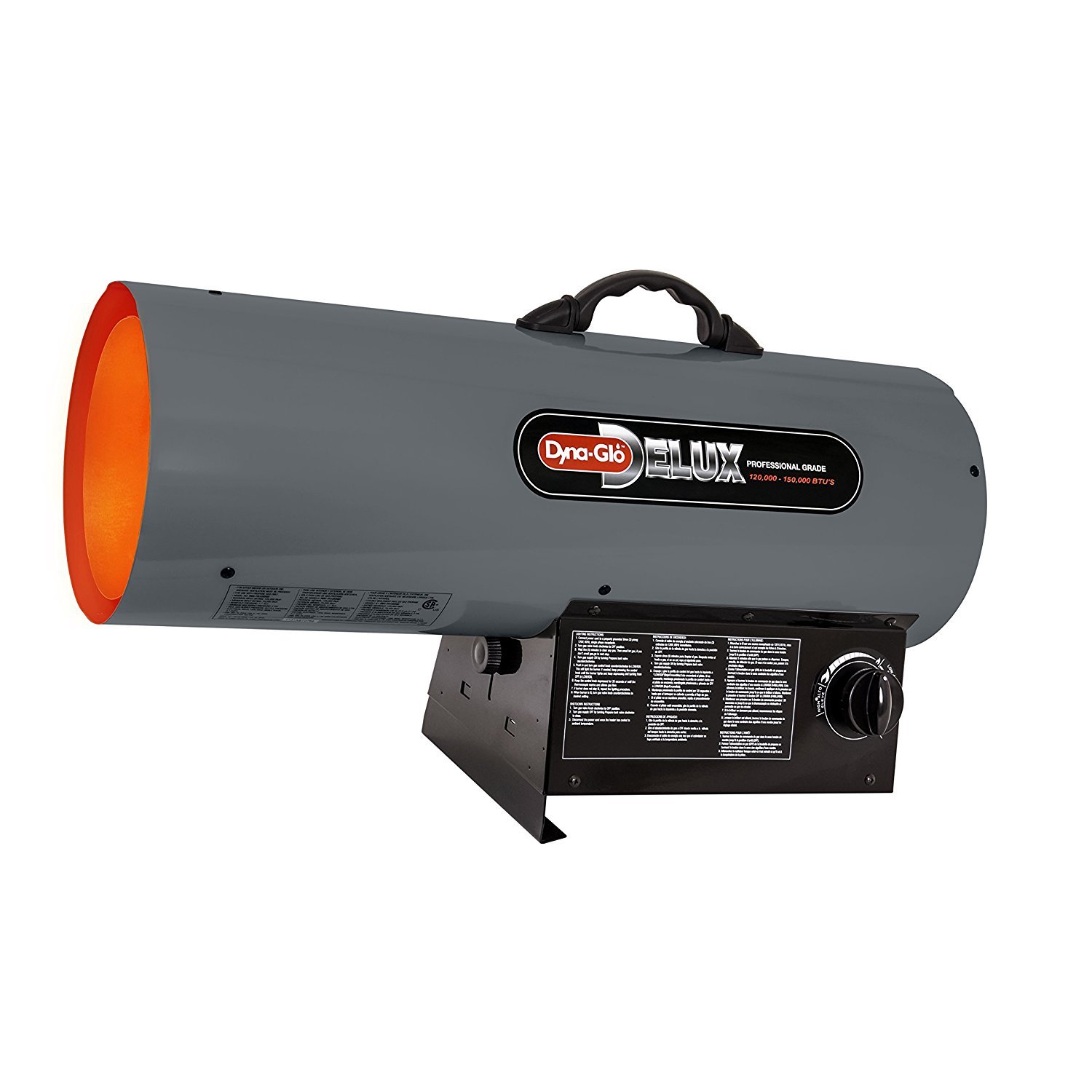
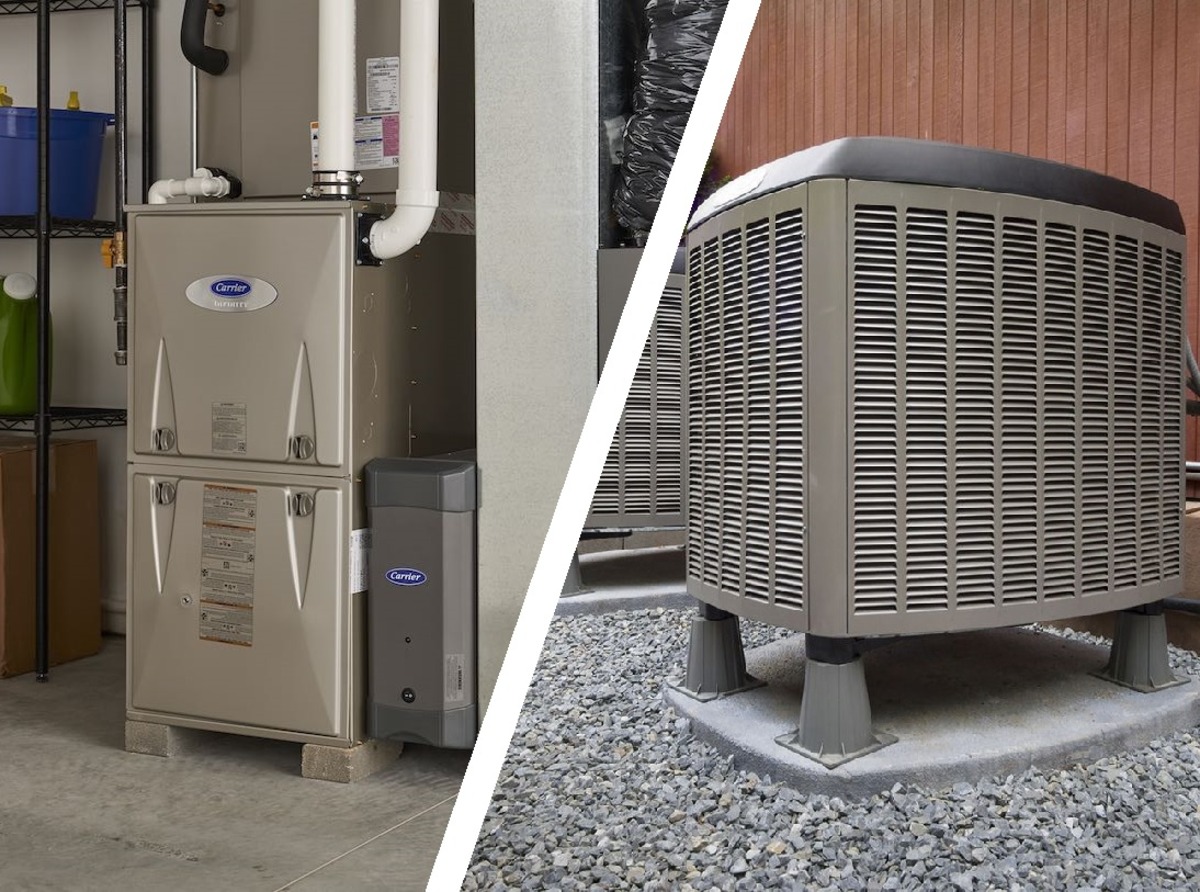


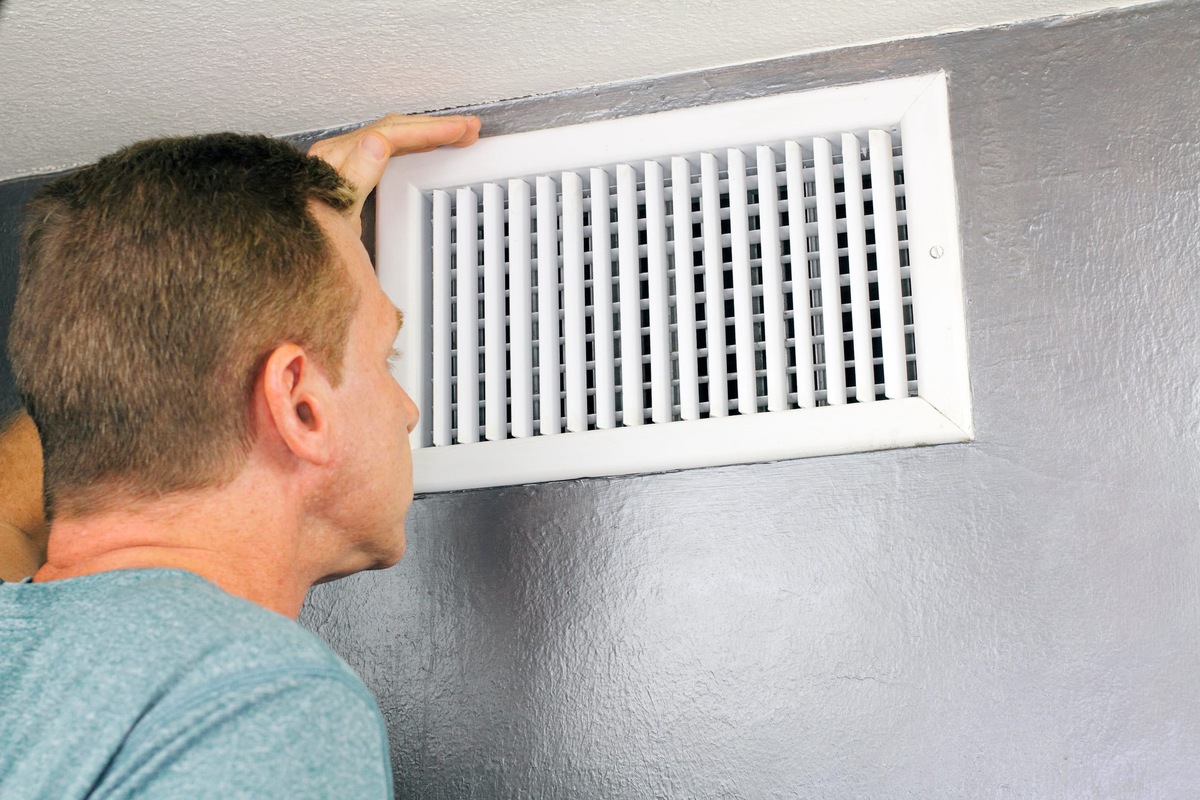
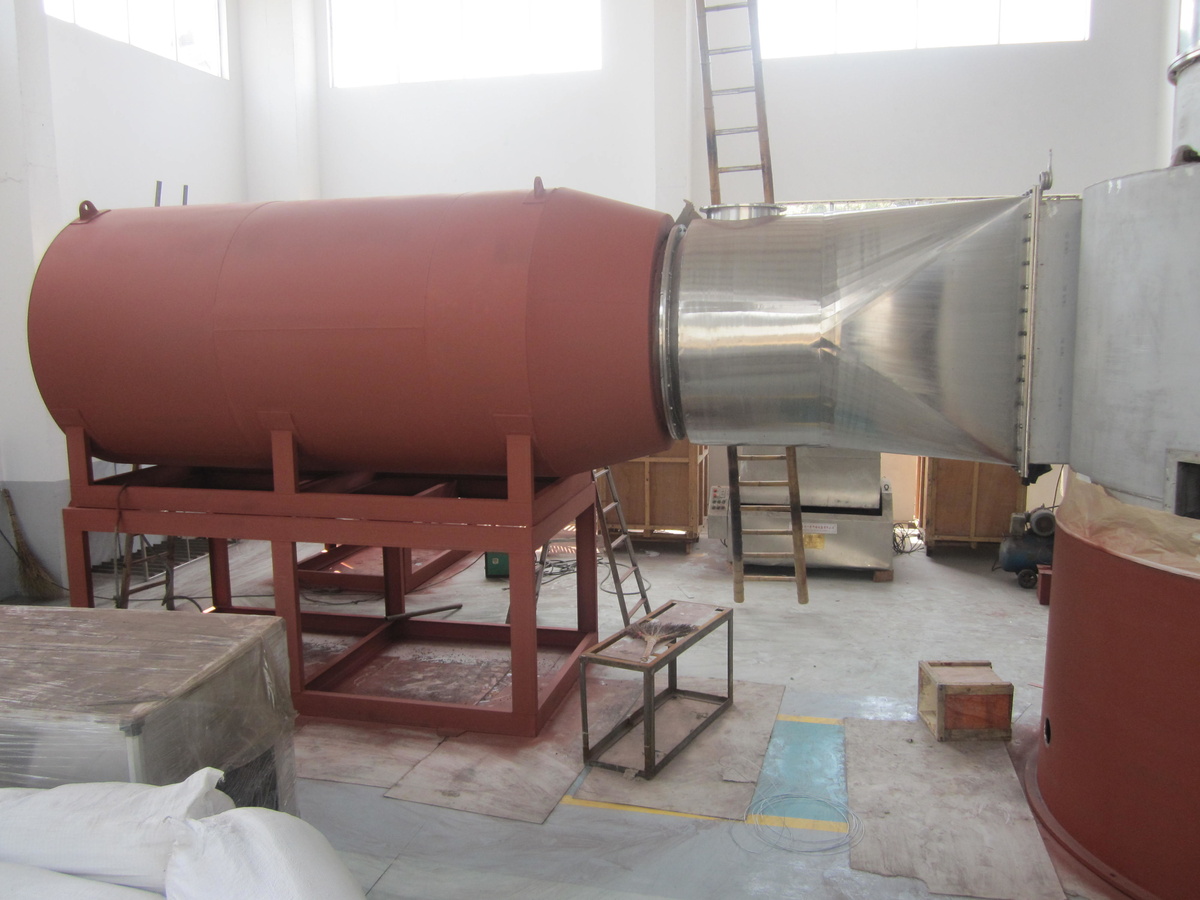
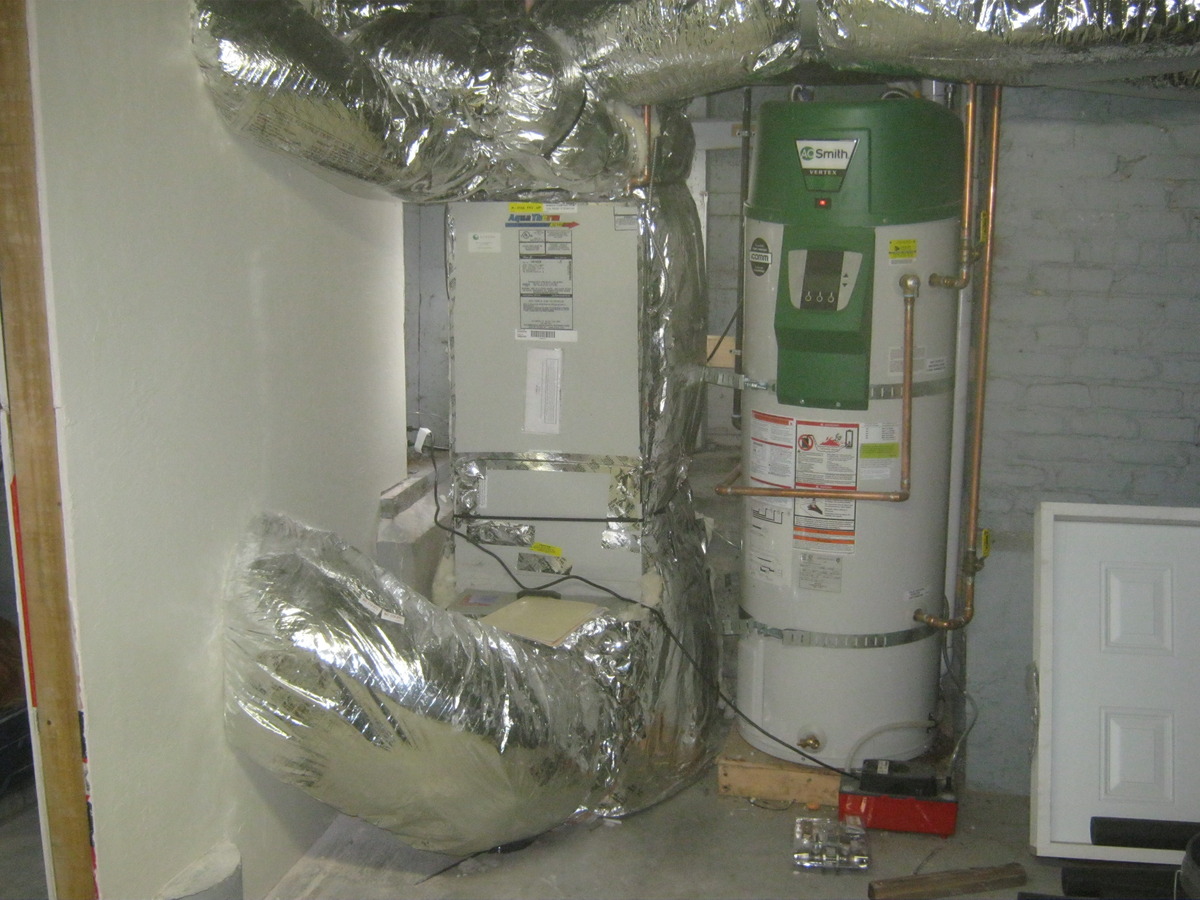
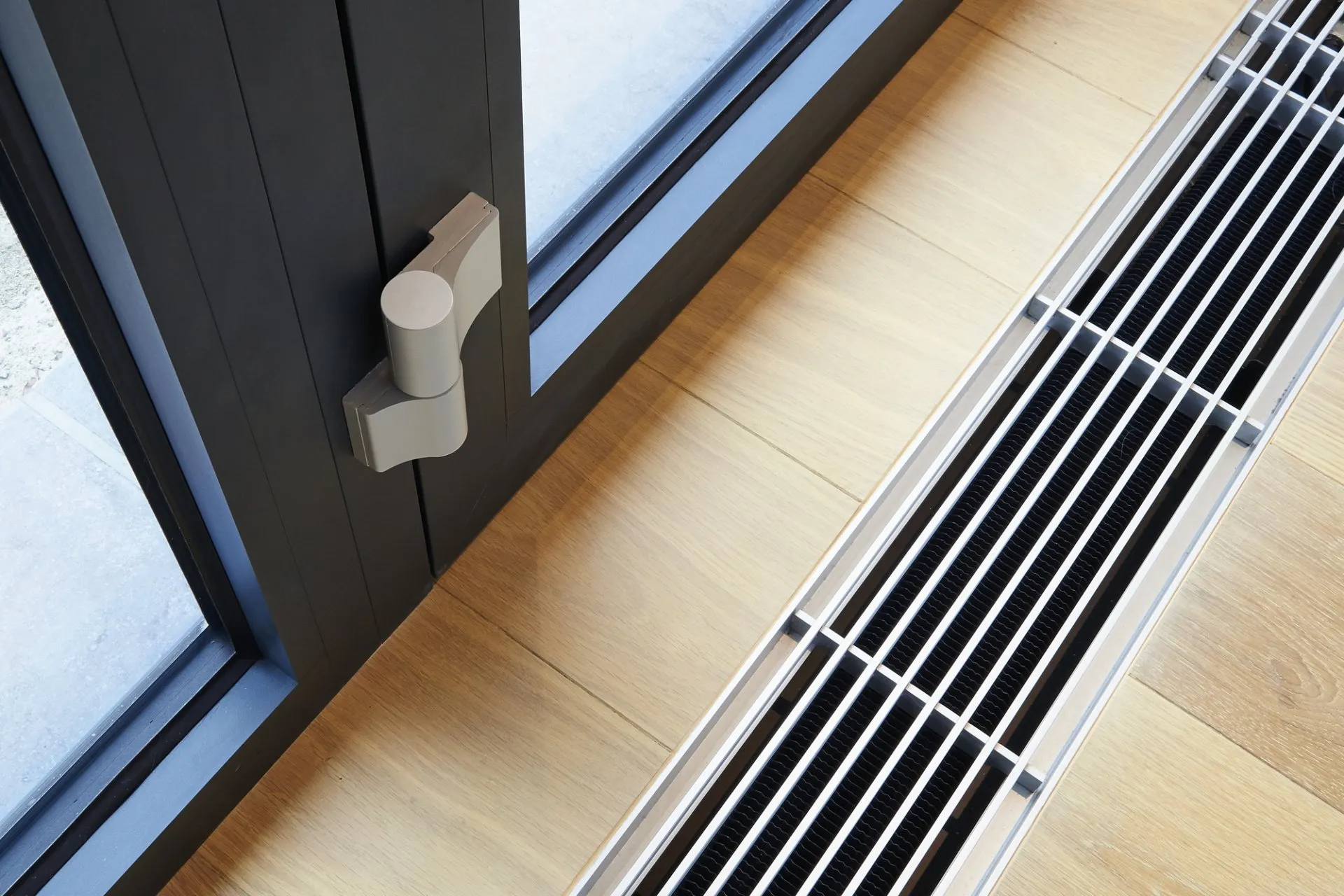
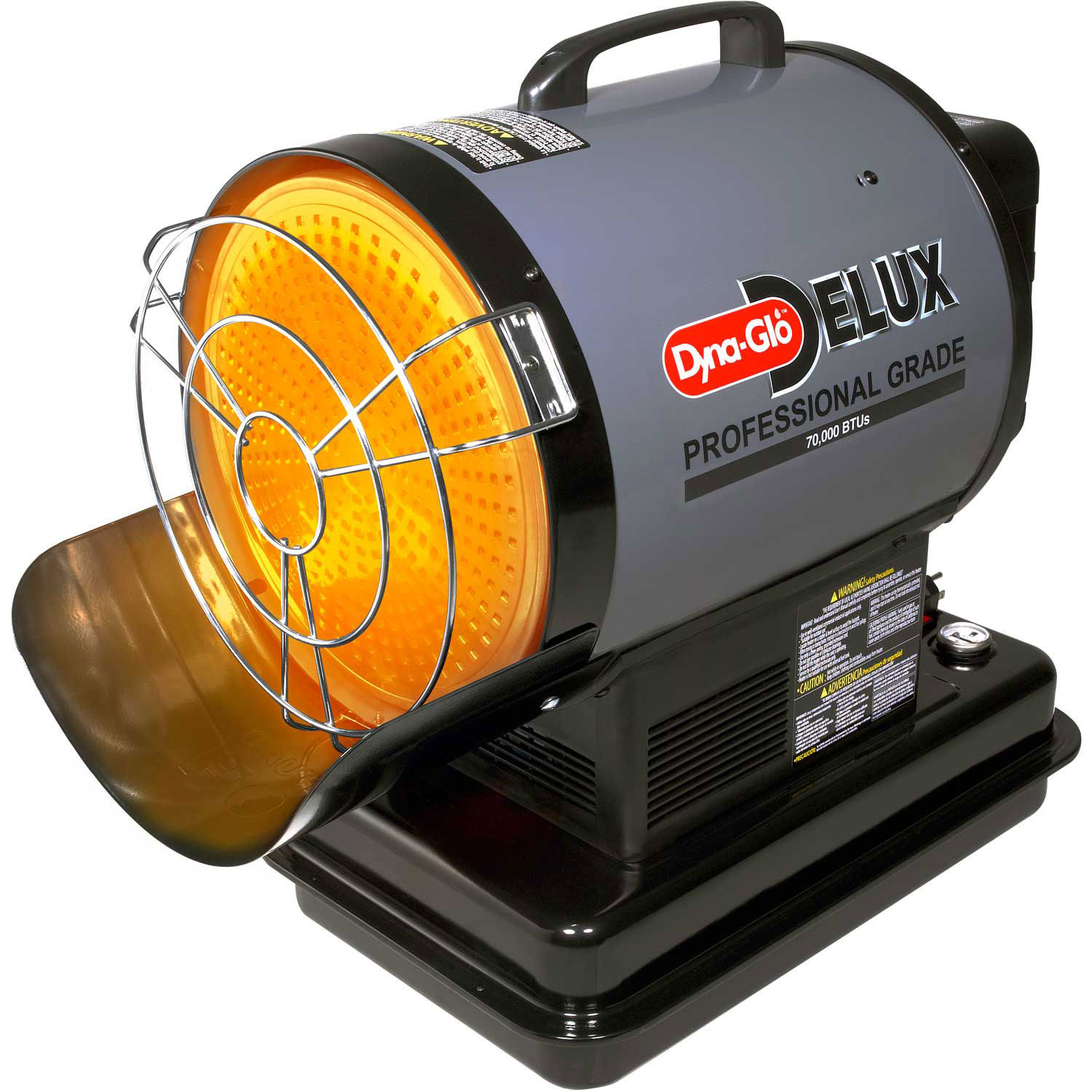


0 thoughts on “Which Heating System Is Better For Lung Problems: Forced Air Heating Vs Radiant Heating”